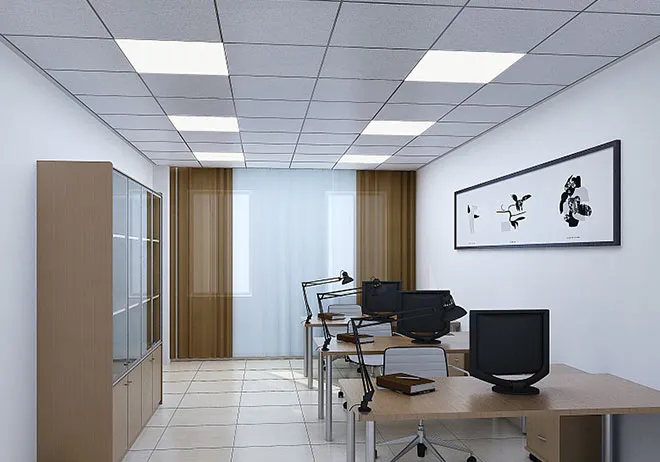- Afrikaans
- Albanian
- Amharic
- Arabic
- Armenian
- Azerbaijani
- Basque
- Belarusian
- Bengali
- Bosnian
- Bulgarian
- Catalan
- Cebuano
- Corsican
- Croatian
- Czech
- Danish
- Dutch
- English
- Esperanto
- Estonian
- French
- German
- Greek
- Hindi
- Indonesian
- irish
- Italian
- Japanese
- Korean
- Lao
- Malay
- Myanmar
- Norwegian
- Norwegian
- Polish
- Portuguese
- Romanian
- Russian
- Serbian
- Spanish
- Swedish
- Thai
- Turkish
- Ukrainian
- Uzbek
- Vietnamese
ພ.ຈ. . 12, 2024 10:27 Back to list
mineral fibre ceiling
The Importance of Mineral Fibre Ceiling Tiles in Modern Architecture
In contemporary architecture and construction, the choice of materials significantly influences a structure's aesthetics, functionality, and sustainability. One material that has gained popularity is mineral fibre ceiling tiles. These tiles offer a range of benefits, making them an ideal choice for both residential and commercial spaces.
What Are Mineral Fibre Ceiling Tiles?
Mineral fibre ceiling tiles are primarily composed of a blend of natural and synthetic materials, including cellulose, gypsum, and various minerals. This combination allows for the creation of lightweight, durable tiles that can easily be installed in a range of environments. Available in various sizes, patterns, and textures, they cater to diverse design preferences while allowing for creativity in interior spaces.
Key Advantages of Mineral Fibre Ceiling Tiles
1. Acoustic Performance One of the most sought-after features of mineral fibre ceiling tiles is their outstanding acoustic performance. They are specifically designed to reduce noise levels in a room, making them ideal for settings such as offices, schools, and hospitals. Their dense composition enables sound absorption, creating a quieter and more comfortable environment for occupants.
2. Thermal Insulation These ceiling tiles also provide excellent thermal insulation. By retaining heat during winter and keeping spaces cool in summer, they contribute to energy efficiency in buildings. This characteristic is particularly advantageous in areas with significant temperature fluctuations, helping to maintain a stable indoor climate while reducing energy costs.
mineral fibre ceiling

3. Fire Resistance Safety is a critical aspect of building design, and mineral fibre ceiling tiles excel in this regard. They are inherently fire-resistant, which means they do not support combustion and can slow the spread of fire, offering crucial time for evacuation. This feature makes them an ideal choice for high-rise buildings and public spaces where safety regulations are stringent.
4. Sustainability As environmental concerns continue to shape the construction industry, the use of sustainable materials has become increasingly important. Many mineral fibre ceiling tiles are manufactured from recycled materials and are themselves recyclable, contributing to a lower environmental footprint. When choosing these tiles, architects and builders can help promote sustainable practices in construction.
5. Aesthetic Versatility Mineral fibre ceiling tiles are available in a variety of styles, colors, and textures, allowing architects and designers to achieve their desired aesthetic. Whether it’s a sleek and modern look in a corporate office or a warm and welcoming atmosphere in a healthcare facility, these tiles can be tailored to suit any design vision.
Installation and Maintenance
The installation of mineral fibre ceiling tiles is generally straightforward, allowing for quick and efficient setup. They can be integrated into both suspended and direct-mount ceiling systems, offering flexibility in design and construction. Additionally, their maintenance is minimal; periodic cleaning and the occasional replacement of damaged tiles can keep them looking pristine.
Conclusion
In summary, mineral fibre ceiling tiles represent a practical and stylish option in modern building design. With their superior acoustic qualities, thermal insulation, fire resistance, sustainability, and aesthetic versatility, they meet the diverse needs of various environments. As the demand for efficient and environmentally friendly building materials continues to rise, mineral fibre ceiling tiles stand out as a wise investment for architects, builders, and property owners alike. In an era where functionality meets design, these tiles prove that aesthetic appeal and performance can indeed go hand in hand. Embracing this material can lead to better living and working spaces, enhancing the quality of life for all who inhabit them.
-
PVC Laminated Gypsum Ceiling Board OverviewNewsApr.11,2025
-
Mineral Fiber Ceiling Tiles Price Analysis and ComparisonsNewsApr.11,2025
-
Crafts of Mineral Fiber Ceiling Tile ManufacturingNewsApr.11,2025
-
Difference Between Gypsum and PVC CeilingNewsApr.11,2025
-
An Overview of Mineral Fiber Ceiling TilesNewsApr.11,2025
-
Advantages of PVC Gypsum CeilingNewsApr.08,2025







